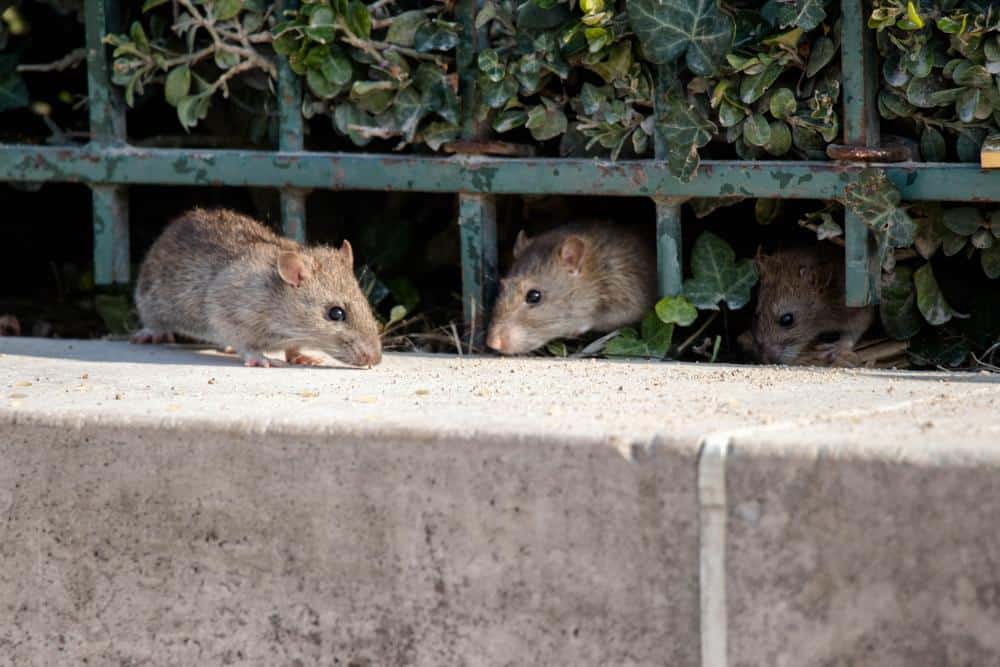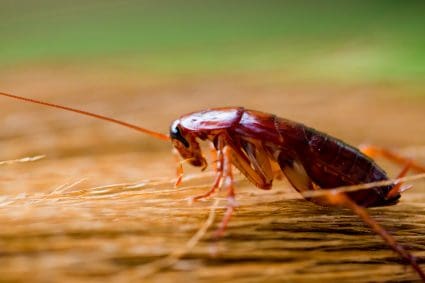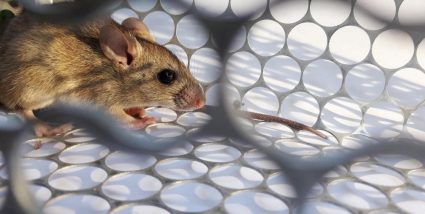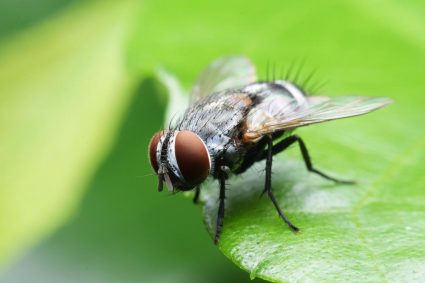
Rats are incredibly adaptable creatures, able to navigate various environments and surfaces with ease. However, there are certain surfaces and materials that they tend to avoid. In this comprehensive guide, we’ll delve into what rats hate to walk on, why this is the case, and how you can use this knowledge to deter these pests from your property.
Rats dislike walking on smooth surfaces such as glass, tiles, and metal because they can’t grip these materials effectively. They also avoid electrified surfaces and surfaces treated with natural repellents like essential oils, capsaicin, or bittering agents due to the discomfort or strong smell. Incorporating these materials and scents into your home and garden can help deter rats.
Surfaces Rats Dislike
Rats show an aversion to certain surfaces due to their texture, smell, or the discomfort they cause. Here are the top three:
- Smooth Surfaces: Rats struggle to climb smooth surfaces like glass, tiles, and metal. Their claws can’t grip these materials effectively, making it difficult for them to navigate.
- Electrified Surfaces: Electrified rat repellent flooring, such as RatMat, can deter rats from entering an area by causing discomfort when they step on the surface.
- Surfaces Treated with Repellents: Surfaces treated with natural repellents like essential oils, capsaicin, or bittering agents can deter rats due to their strong smell or taste.
Scents Rats Dislike
Rats are deterred by certain smells, some of which are associated with specific surfaces. These include peppermint, citrus smells, ammonia, clove oil, mothballs, garlic, citronella, predator smells, cinnamon, and vinegar. These scents can be used in various forms, such as essential oils, candles, or plants, to deter rats from entering or nesting in certain areas.
Rats’ Surface Preferences
Rats show preferences for certain types of surfaces, particularly when it comes to bedding materials. They generally avoid beddings consisting of relatively small particles and prefer beddings consisting of large fibrous particles. For example, dust-free Aspen wood chip or Megazorb.
Practical Homeowner Tips
Here are some practical ways homeowners can use this information to deter rats from invading their homes:
- Seal gaps and cracks: Fill holes, cracks, and gaps in your home’s exterior with caulk or steel wool, especially around utility pipes.
- Proper food storage: Store food in airtight containers and avoid leaving pet food outside.
- Remove hiding places: Clear clutter in and around your home, trim overgrown vegetation, and move objects away from walls.
- Eliminate food sources: Clean up dropped fruits, vegetables, nuts, and other food sources in your garden.
- Install barriers: Install flashing around the foundation of your home and metal pipe guards on pipes outside buildings.
- Trim trees and shrubs: Cut tree limbs back so they are at least 3 feet from your roofline.
- Use natural repellents: Spread peppermint oil, cayenne pepper, black pepper, or cloves around your home’s exterior.
- Maintain cleanliness: Keep your home clean and free of food debris, promptly clean up spills, and take out the trash nightly.
Rats’ Physical Characteristics
Rats have several physical characteristics that enable them to climb effectively, including sharp claws and specialized pads on their feet, agile and strong limbs, a tail that helps with balance, and a high level of curiosity and learning ability.
In conclusion, while rats are highly adaptable creatures, they do show aversions to certain surfaces and smells. By understanding these preferences and aversions, homeowners can make their properties less appealing to these pests and more effectively deter them.
Frequently Asked Questions
Can rats swim?
Yes, rats are excellent swimmers. They can swim up to half a mile in open water, and can tread water for up to three days.
Are rats nocturnal?
Yes, rats are primarily nocturnal. They are most active at dawn and dusk.
Can rats climb walls?
Yes, rats are adept climbers. They can scale brick, stone, and other rough surfaces with ease. However, they struggle with smooth surfaces, as mentioned in the article.
What are the signs of a rat infestation?
Common signs of a rat infestation include droppings, gnaw marks, damaged food packages, and scratching noises, particularly at night.
Are there any health risks associated with rats?
Yes, rats can carry a number of diseases that can be harmful to humans, including leptospirosis, hantavirus, and salmonellosis. They can also carry fleas, which can spread plague and other diseases.
How quickly can a rat population grow?
Rat populations can grow rapidly due to their high reproduction rate. A single pair of rats can produce up to 2,000 descendants in a year under ideal conditions.
How long do rats live?
The average lifespan of a rat in the wild is around 1-2 years. In captivity, they can live up to 2-3 years.












